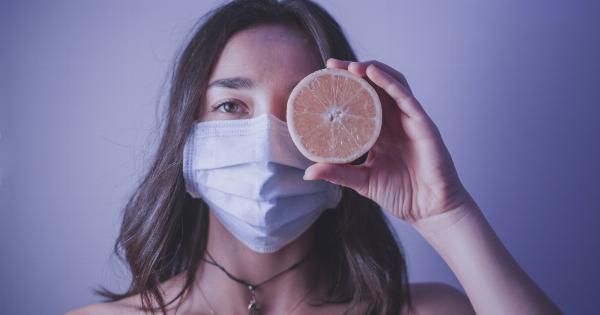Summer is a time for fun, relaxation, and outdoor activities. However, it is also a time when eye diseases tend to strike more often.
The hot and dry weather conditions of summer can cause several eye problems, and if left untreated, they can lead to severe eye damage and even permanent vision loss. This article will delve into some of the common eye diseases that occur during the summer season and provide some preventive measures that can be taken to avoid them.
Dry Eye Syndrome
Dry eye syndrome is a common eye condition that occurs when the eyes don’t produce enough tears to keep them moist.
The hot and dry weather of summer causes the tears to evaporate more quickly, resulting in dryness, irritation, and inflammation of the eyes. Symptoms of dry eye syndrome include burning, stinging, redness, and blurry vision. The condition can be managed by using artificial tears, avoiding dry environments, and wearing sunglasses or a hat to protect from the sun and wind.
Conjunctivitis
Conjunctivitis, also known as pink eye, is an inflammation of the thin membrane that covers the white part of the eye and inner eyelids.
It is commonly caused by a viral or bacterial infection, but it can also result from exposure to irritants like dust, pollen, or chlorine from swimming pools. Symptoms of conjunctivitis include redness, itching, swelling, and discharge. Treatment for conjunctivitis includes using eye drops or ointments, applying warm compresses, and staying away from irritants that can aggravate the condition.
Ultraviolet Keratitis
Ultraviolet keratitis is a sunburn of the cornea, which can occur when the eyes are overexposed to the sun’s harmful UV rays. It usually happens when people spend long hours outdoors without adequate eye protection.
Symptoms of ultraviolet keratitis include pain, redness, tearing, and temporary vision loss. The condition can be prevented by wearing sunglasses with UV protection, avoiding direct sunlight during peak hours, and using a hat or visor to block the sun’s rays.
Corneal Abrasion
Corneal abrasion is a scratch or a cut on the cornea, the clear, dome-shaped surface that covers the iris and pupil. It can result from rubbing the eyes too hard, getting hit in the eye, or exposure to foreign objects like sand, dust, or insects.
Symptoms of corneal abrasion include pain, blurry vision, and sensitivity to light. Treatment for corneal abrasion involves using eye drops or ointments to promote healing and prevent infection, and avoiding further irritation by not rubbing the eyes.
Stye
A stye is a small, painful lump that forms on the eyelid, usually near the edge of the eyelashes.
It is caused by a bacterial infection of the oil glands in the eyelids and can occur when people touch their eyes with dirty hands or share personal items like towels or makeup brushes. Symptoms of stye include pain, redness, swelling, and discharge. Treatment for stye includes using warm compresses, applying antibiotic ointments, and avoiding contact with the affected area.
Preventive Measures
There are some preventive measures that can be taken to avoid eye diseases during the summer season. These include:.
- Wearing sunglasses with UV protection and a hat or visor to block the sun’s rays
- Avoiding direct sunlight and staying indoors during peak hours
- Using eye drops or artificial tears to keep the eyes moist and hydrated
- Avoiding contact with irritants like pollen, smoke, or dust
- Washing hands frequently and avoiding touching the eyes with dirty hands
- Using personal items like towels, pillows, and makeup brushes
- Keeping swimming pools clean and avoiding swimming with open sores or wounds
By taking these simple measures, people can protect their eyes from the harmful effects of the summer season and enjoy their outdoor activities with peace of mind.





























